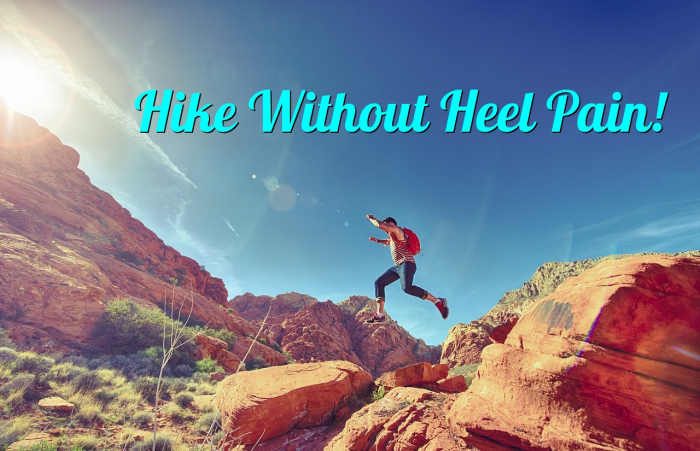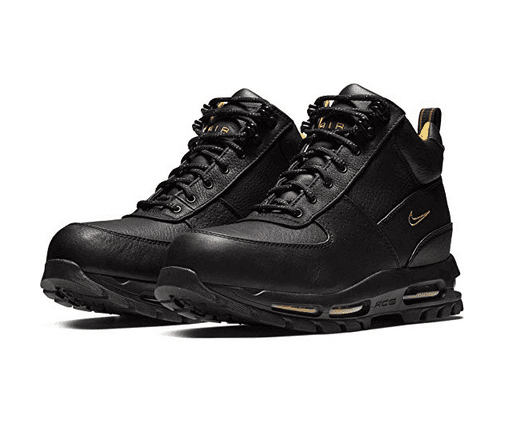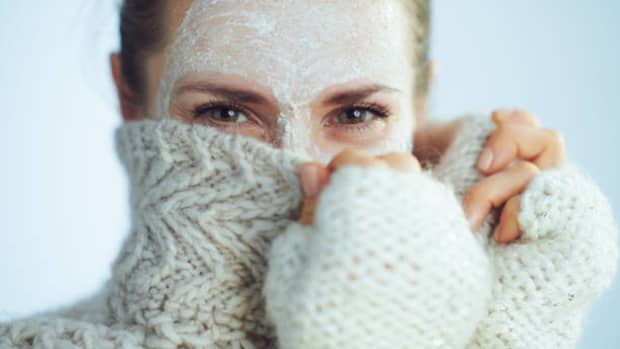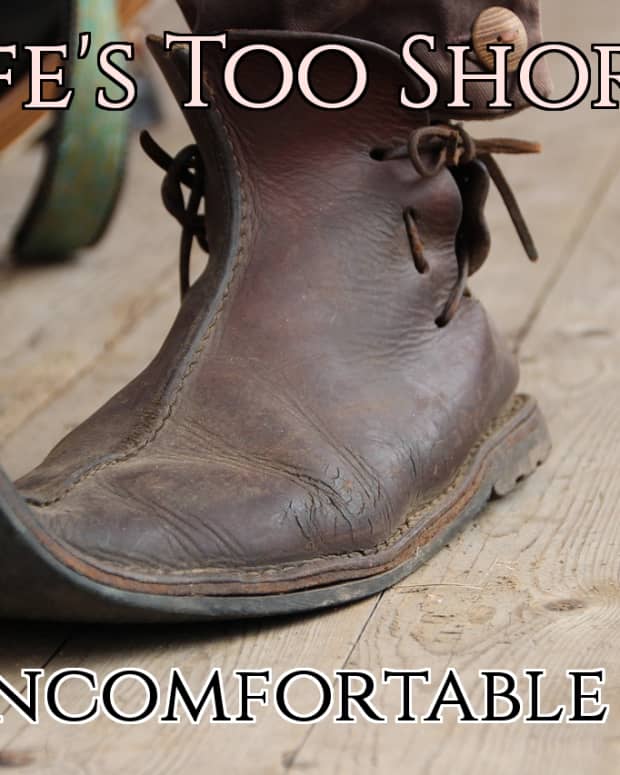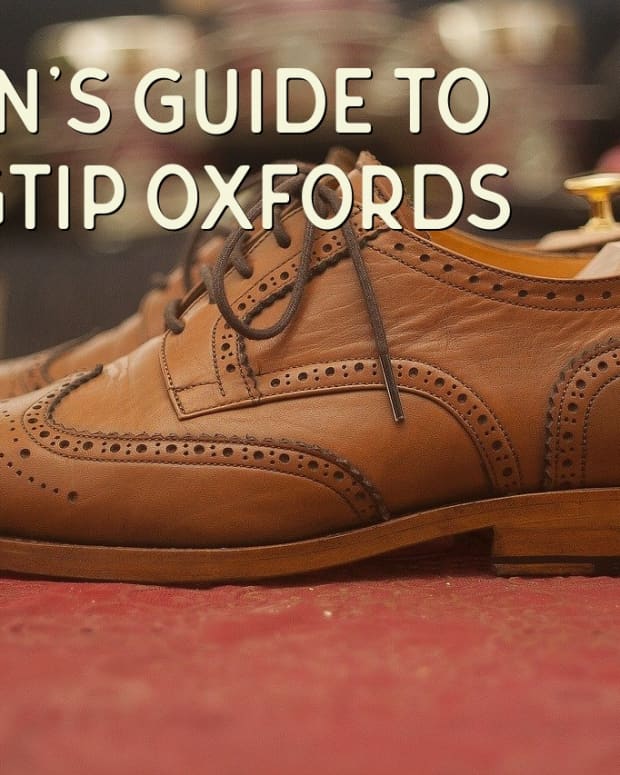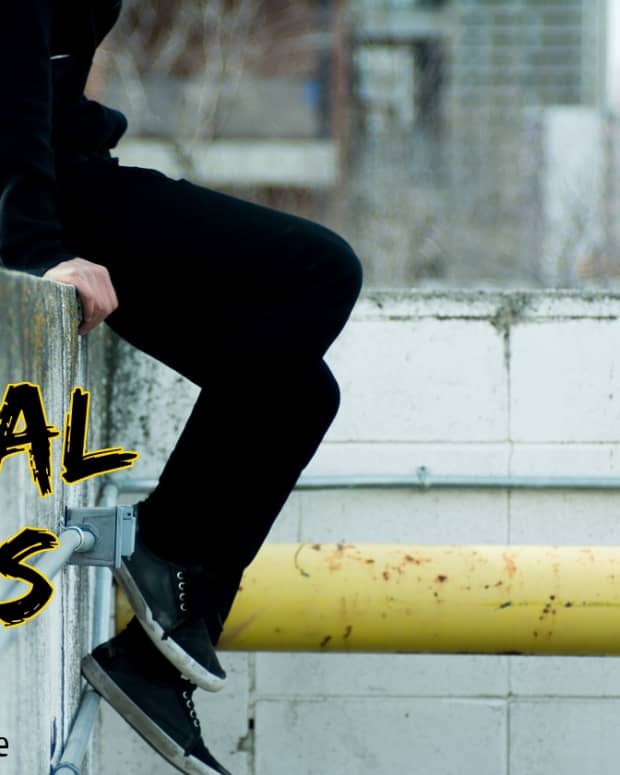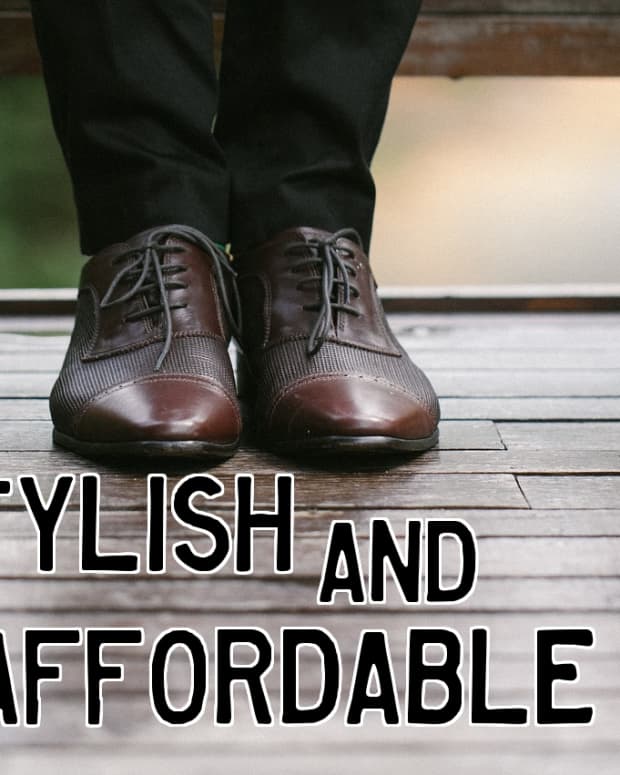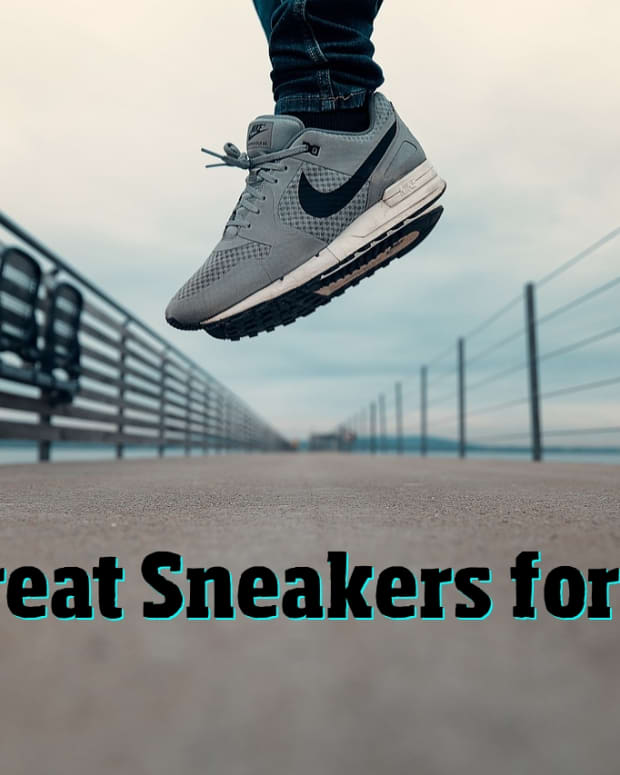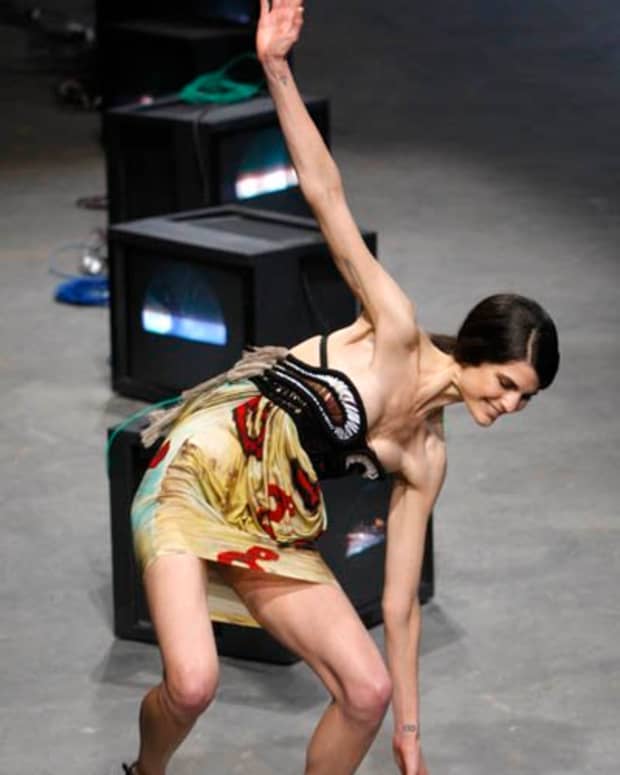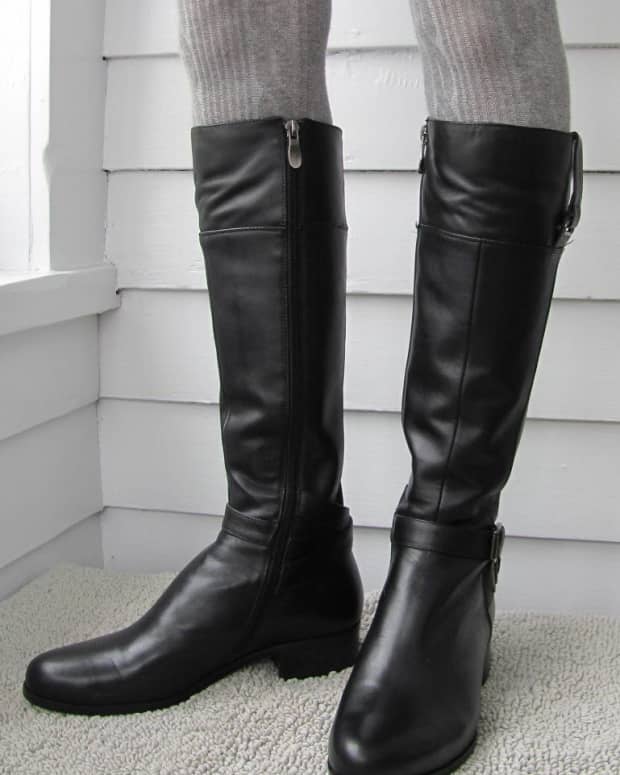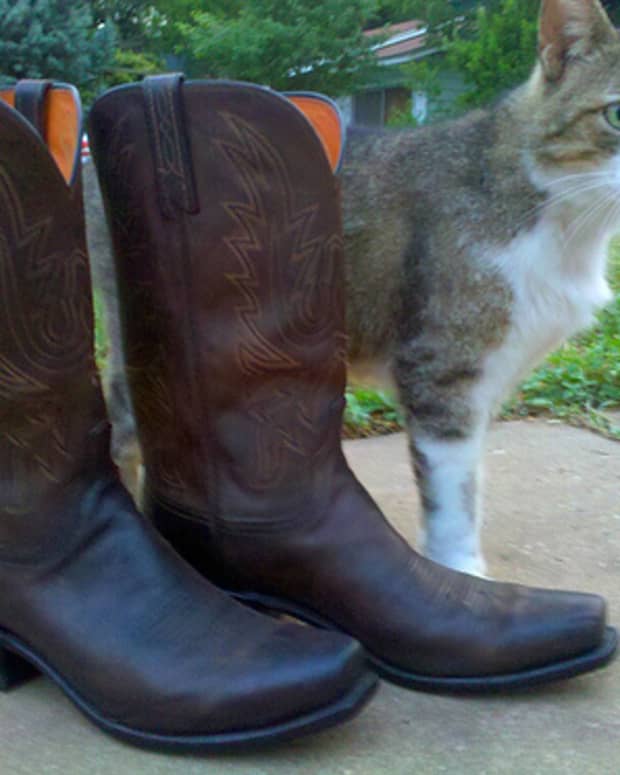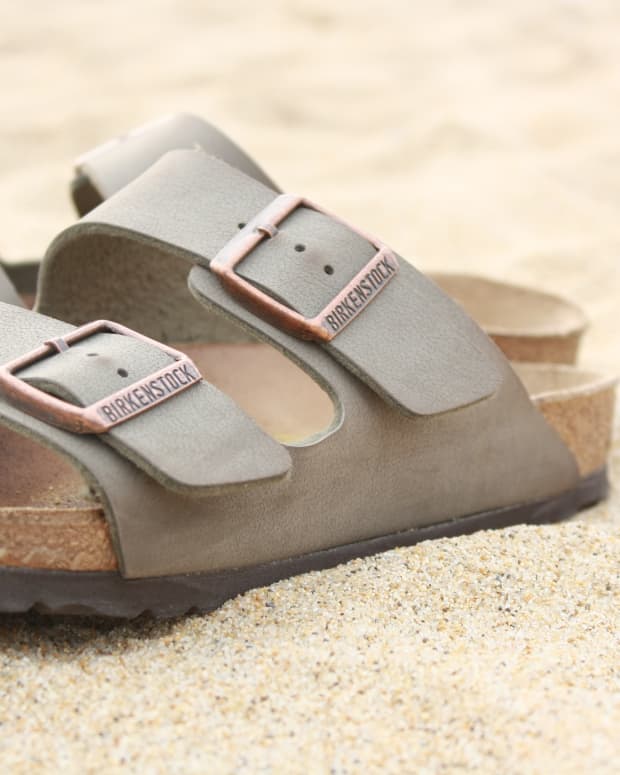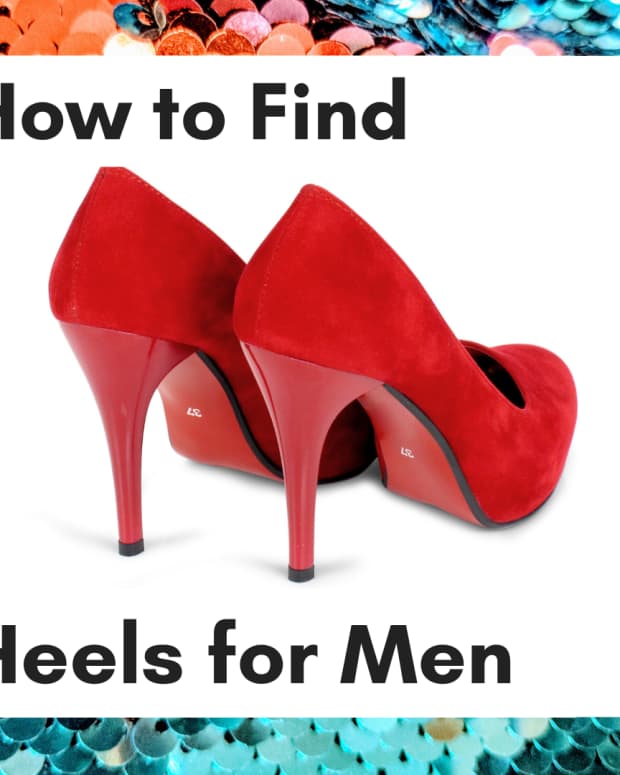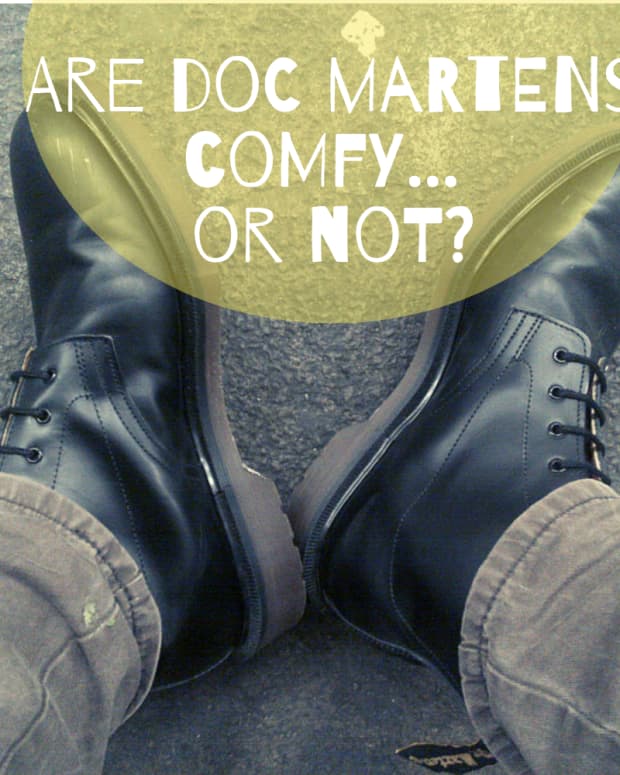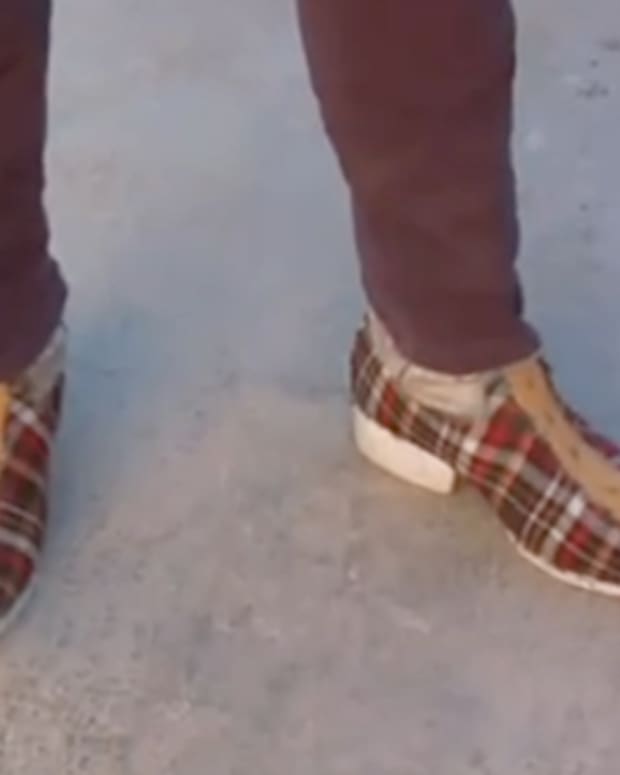Best Hiking and Weatherproof Boots for Heel Pain and Plantar Fasciitis
I am a teacher, parent, and fitness writer. I have struggled with knee and heel pain since running a triathlon in 2010.
Are There Hiking Boots for Plantar Fasciitis and Heel Pain Relief?
The short answer is YES, and they're made by Nike. Manoa and Goadome boots have a special heel unit that's also used in many styles of Nike running shoes. These high-quality hiking boots are unusual in that they have a heel unit specifically designed to cushion the heel strike produced by walking and running.
Wearing these boots feels distinctly different from typical hiking boots. There's the usual support and protection of tough, top-level hiking boots, but there's an added sense of sole comfort that I haven't found in other hiking boots, despite years of searching.
Hiking boots are not typically designed to provide pain relief -- they are designed to provide ankle support and overall foot protection. Manoa boots do both, and that's why they have made it possible for me, a hiker rendered almost immobile by heel pain, to get up and out and finally enjoy being on the trail again.
Nike Goadome Hiking Boots
Nike Goadome Boots
I love the Nike Goadome boots I own. They aren't exactly hiking boots—they seem designed for snow and rain more than steep hiking trails. Still, they would serve nicely on an easy-to-medium rated trail and will protect your feet and ankles reasonably well. My Goadome boots are lightweight but tough, and they have an excellent lug tread that keeps me upright even when the walk is slick and icy. If Manoa hiking boots aren't for you, then Goadome boot might be the lighter, less-rugged look you need.
Don't Let Heel Pain Keep You From Hiking!
One of the most common causes of heel pain is an inflammatory condition known as "plantar fasciitis." Plantar fasciitis is a nagging, painful condition caused by inflammation of the plantar fascia, a thin band of connective tissue that runs under the heel. This tissue takes a beating from the point of the heel bone, and every step can aggravate the irritation and damage.
Unfortunately, the heel pain from plantar fasciitis can keep you from doing the things you love, expecially outdoor activities like hiking. Ironically, hiking and other calorie-burning body work helps you lose weight, which in turn lessens the pain in your heels, since the impact from each step is lower the less you weigh.
But if you have heel pain and love hiking, you do have options! This article is about hiking and all-weather boots that are designed with heel health in mind. Whether or not you have heel pain, these are high quality, affordable boots that will keep your feet both dry and feeling good.
Plantar Fasciitis – My Diagnosis
At 45 years of age, I decided that I wanted to run a triathlon. My wife and friends were skeptical, since I was not an athlete and only in fairly good shape – I was definitely not one of those hard-body older men you see on billboards and pumping iron in the gym. But I was determined, and I trained religiously, and within a year I was ready for the big challenge. It helped that I listened to reason (and my wife), and had decided to run a “half triathlon,” which was a little more realistic for a noob like me. But it was still a pretty serious challenge – a mile swim, a 24 mile bike ride, and a six-mile run, with no rest in between. I figured just finishing would be my goal.
Read More From Bellatory
The big day came, and even though I did ‘t exactly leave a trail of scorched asphalt in my path, I did manage to finish, and ahead of a few people, too. It was absolutely exhilarating, and I recommend it to anyone who feels like they need a challenge in their lives and is in reasonable shape (but be sure to check in with your doctor before you get too far into your training!).
How it Feels to Get Plantar Fasciitis
Near the end of my training for the triathlon, I was noticing a faint ache in the bottom of both heels while I was running. It was nothing serious, and at this point my knees hurt enough to cover up little pains like these. Then, about two weeks after the race, I went for a pretty ambitious run while on vacation in Wisconsin. This run was a little different from my training – the terrain was hllly, and my route had some challenging up-hill stretches that I attacked with my customary determination. During this run my heels started to hurt more than usual, but I finished and felt pretty good overall.
The next day, my life changed. Up and out of bed, I immediately noticed a pain in my heels that’s a little hard to describe – like a sharp ache that make every step hurt. I couldn’t walk without a little hobble, and as the day went on it got worse. “Oh well,” I thought. “A couple of days and it’ll get better.” Only it didn’t. It actually got worse. Some days I could literally barely walk. I hobbled in to see my doctor, and she was quick with a diagnosis – plantar fasciitis. I was doomed to months of heel pain, and unable to run or train as well. I felt like an idiot for running those hills.
What Is Plantar Fasciitis?
Plantar fasciitis is an inflammatory condition that is the result of the repeated impact of your heel bone on a thin band of connective tissue on the bottom of your foot. It's a nagging, chronic condition that tends to stick around for a long time and resist most forms of treatment. The heel bone has a pointed bottom, and too much running or even walking can make that pointed bone inflict damage on the tissues under your heel. The pain from this condition gets worse with the repeated heel strikes from running or hiking. Not surprisingly, plantar fasciitis due to running, walking, and even hiking is a growing problem among amateur athletes. As us baby boomers start getting up there, strapping on the running shoes or hiking boots and hitting the trails in the hopes of losing a few pounds means that we're asking for trouble.
Weight Gain and Plantar Fasciitis
Being overweight wasn't the cause of my heel pain, but plenty of other people get plantar fasciitis simply by gaining weight. It’s no mystery why added weight would cause trouble in your heels – if you eat a lot, you'll probably gain weight, and the part of your body that suffers the most from all that added weight your feet. Every "foot strike," which is the term that describes how your foot hits the ground when you walk or run, impacts that band of connective tissue under your foot. This cause of plantar fasciitis can be alleviated simply by losing weight.
Long May You Run!
Comments
teaches12345 on February 19, 2017:
I found shoes are most important for people with plantar-fasciitis. I do have this condition and wear Nike shoes with comfort soles for support. I also stretch the heel with certain exercises. Since then, my pain will only flare up on occasion when I over extend my walking or running. Good educational post for those who suffer from this condition.
creative scammer on February 04, 2017:
Its really helpful for our leg balance..
FlourishAnyway from USA on February 04, 2017:
That was awesome information about the waffle iron and Nikes. I've had plantar fasciitis before and it is so painful. You're right about barely being able to walk. My husband does the triathlons and marathons and I think he's crazy for abusing his joints like that, although I'm proud of him for setting an ambitious goal and achieving it at 48. Good for you that you also set a goal and went after it. His doctor is a personal friend and tells him anything over a few miles and you're not running for health but for other reasons; he tries to get him to switch to swimming but it's not working.

